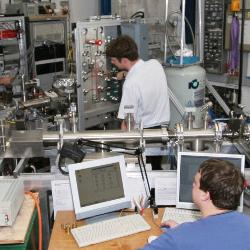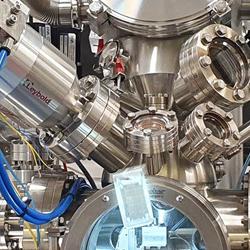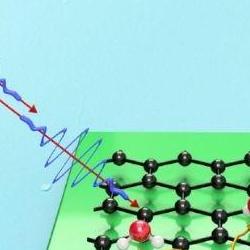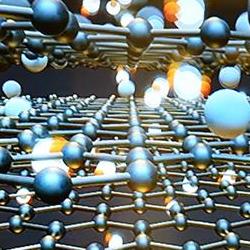Overview
Advanced surfaces and 2D materials hold great promise for addressing global challenges – their immense potential has been widely recognised and there have been huge levels of investment. In order to exploit their potential, it is crucial to understand properties and behaviour fully – yet in some cases, very little is yet known.
In the Surface and 2D nanoScience group we aim to understand structural and dynamical processes at surfaces at the most fundamental level practical. We develop and use techniques that provide unique insights into the physics of these materials.
We are primarily an experimental group, but make extensive use of computational / simulation techniques to support and interpret our observations – in fact many projects have been entirely computational / theoretical.




